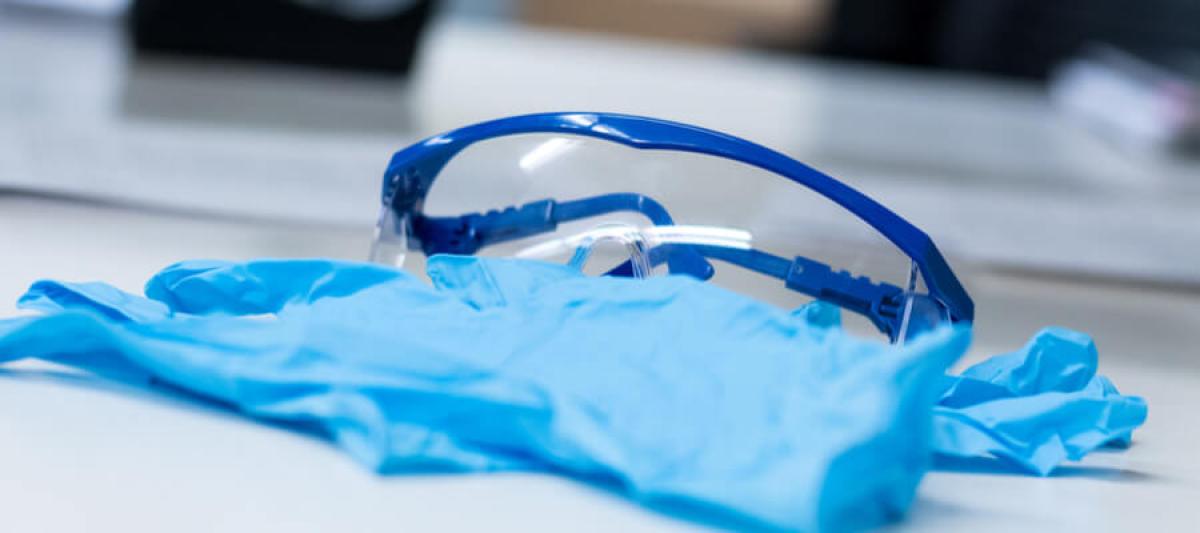
The world is a messy and sometimes dangerous place. To keep your employees safe, happy, and comfortable, it's essential to understand all the requirements for avoiding specific incidents and health risks, especially when it comes to bloodborne pathogens. Here's everything you need to know, straight from OSHA requirements.
Why is Bloodborne Pathogen Training Important?
When OSHA requirements refer to "bloodborne pathogens," they're generally talking about exposure to contaminated blood, especially in cases of HIV and Hepatitis. As a result, OSHA safety training is an especially important step toward keeping employees safe from serious health risks; it's not an overstatement to say that these training sessions could be life-saving.
Additionally, it's important to realize that this information is relevant to professionals in many industries--if not all industries. After all, anyone from desk-workers to school teachers could come into contact with blood, bodily fluids, or objects contaminated with dangerous pathogens. Therefore, anyone planning safety trainings should consider incorporating bloodborne pathogen training, even if it's not an OSHA requirement for your business.
Bloodborne Pathogen Safety 101
Here are a few big things to know about bloodborne pathogens, how to avoid them, and how to train employees on the subject.
- #1: Emphasize hand-washing.
Hand-washing may be the simplest and most important way to avoid serious health risks, especially when it comes to bloodborne pathogens. Sixty seconds of scrubbing with soap and water, then 30 seconds of scrubbing with an alcohol-based solution. This is an easy habit that saves lives.
- #2: Identify and dispose of "sharps."
"Sharps" are precisely what they sound like: needles, razors, or even scissors. They need to be safely disposed of in a leak-proof, spill-proof container. If your industry uses sharps, you must get to know the requirements for disposal and address them in your safety training.
- #3: Provide proper equipment.
Different industries have different standards for personal safety equipment. This can range from latex gloves to aprons and face-shields, depending on the job site and risk of exposure to bloodborne pathogens.
Want to learn more about OSHA training? Interested in a course on bloodborne pathogens? Contact Northwest Safety today!
